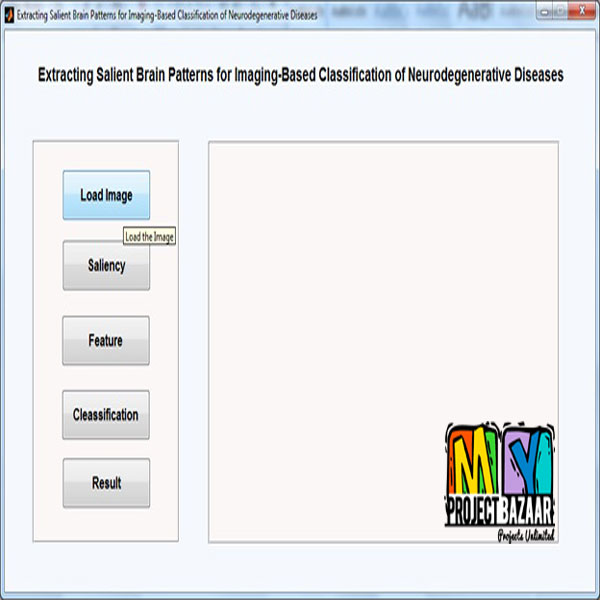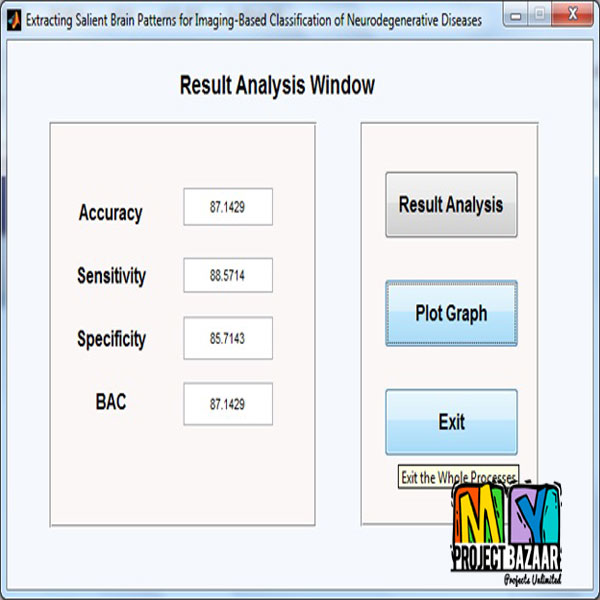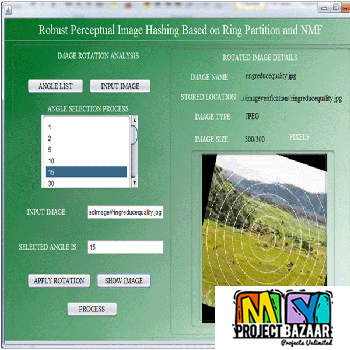
Extracting Salient Brain Patterns for Imaging-Based Classification of Neurodegenerative Diseases
Product Description
Abstract— Extracting Salient Brain Patterns for Imaging-Based Classification of Neurodegenerative Diseases. Neurodegenerative diseases comprise a wide variety of mental symptoms whose evolution is not directly related to the visual analysis made by radiologists, who can hardly quantify systematic differences. Moreover, automatic brain morphometric analyses, that do perform this quantification, contribute very little to the comprehension of the disease, i.e., many of these methods classify but they do not produce useful anatomo-functional correlations. This paper presents a new fully automatic image analysis method that reveals discriminative brain patterns associated to the presence of neurodegenerative diseases, mining systematic differences and therefore grading objectively any neurological disorder. This is accomplished by a fusion strategy that mixes together bottom-up and top-down information flows. Bottom-up information comes from a multiscale analysis of different image features, < Final Year Projects > while the top-down stage includes learning and fusion strategies formulated as a max-margin multiple-kernel optimization problem. The capacity of finding discriminative anatomic patterns was evaluated using the Alzheimer’s disease (AD) as the use case. The classification performance was assessed under different configurations of the proposed approach in two public brain magnetic resonance datasets (OASIS-MIRIAD) with patients diagnosed with AD, showing an improvement varying from 6.2% to 13% in the equal error rate measure, with respect to what has been reported by the feature-based morphometry strategy. In terms of the anatomical analysis, discriminant regions found by the proposed approach highly correlates to what has been reported in clinical studies of AD.
Including Packages
Our Specialization
Support Service
Statistical Report

satisfied customers
3,589
Freelance projects
983
sales on Site
11,021
developers
175+
Additional Information
| Domains | |
|---|---|
| Programming Language |
Would you like to submit yours?


















There are no reviews yet